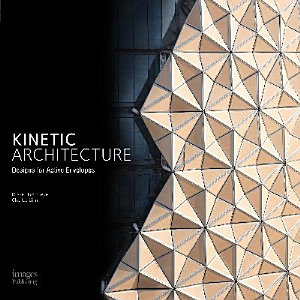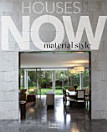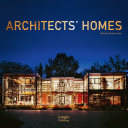Kinetic Architecture: Design for Active Envelopes
Charles Linn · The Images Publishing Group
Jan 2014 · Images Publishing
5.0star
1 reviewreport
Ebook
224
Pages
family_home
Eligible
info
reportRatings and reviews aren’t verified Learn More
About this ebook
A shift in the architecture industry’s focus in the last 20 years toward
ecological concerns, long-term value, and user comfort has coincided with
significant new developments in digital controls, actuators, shading
typologies, building physics simulation capability, and material performance.
This collision has afforded architects an expanded set of opportunities to create
architecture that can respond directly to environmental conditions, resulting
in innovative façade designs that quickly become landmarks for their cities.
Authors Russell Fortmeyer and Charles Linn trace the historical
development of active façades in modern architecture, and reveal how
contemporary architects and consultants design and test these systems.
Ratings and reviews
5.0
1 review
Rate this ebook
Tell us what you think.
Reading information
Smartphones and tablets
Install the Google Play Books app for Android and iPad/iPhone. It syncs automatically with your account and allows you to read online or offline wherever you are.
Laptops and computers
You can listen to audiobooks purchased on Google Play using your computer's web browser.
eReaders and other devices
To read on e-ink devices like Kobo eReaders, you'll need to download a file and transfer it to your device. Follow the detailed Help Center instructions to transfer the files to supported eReaders.







